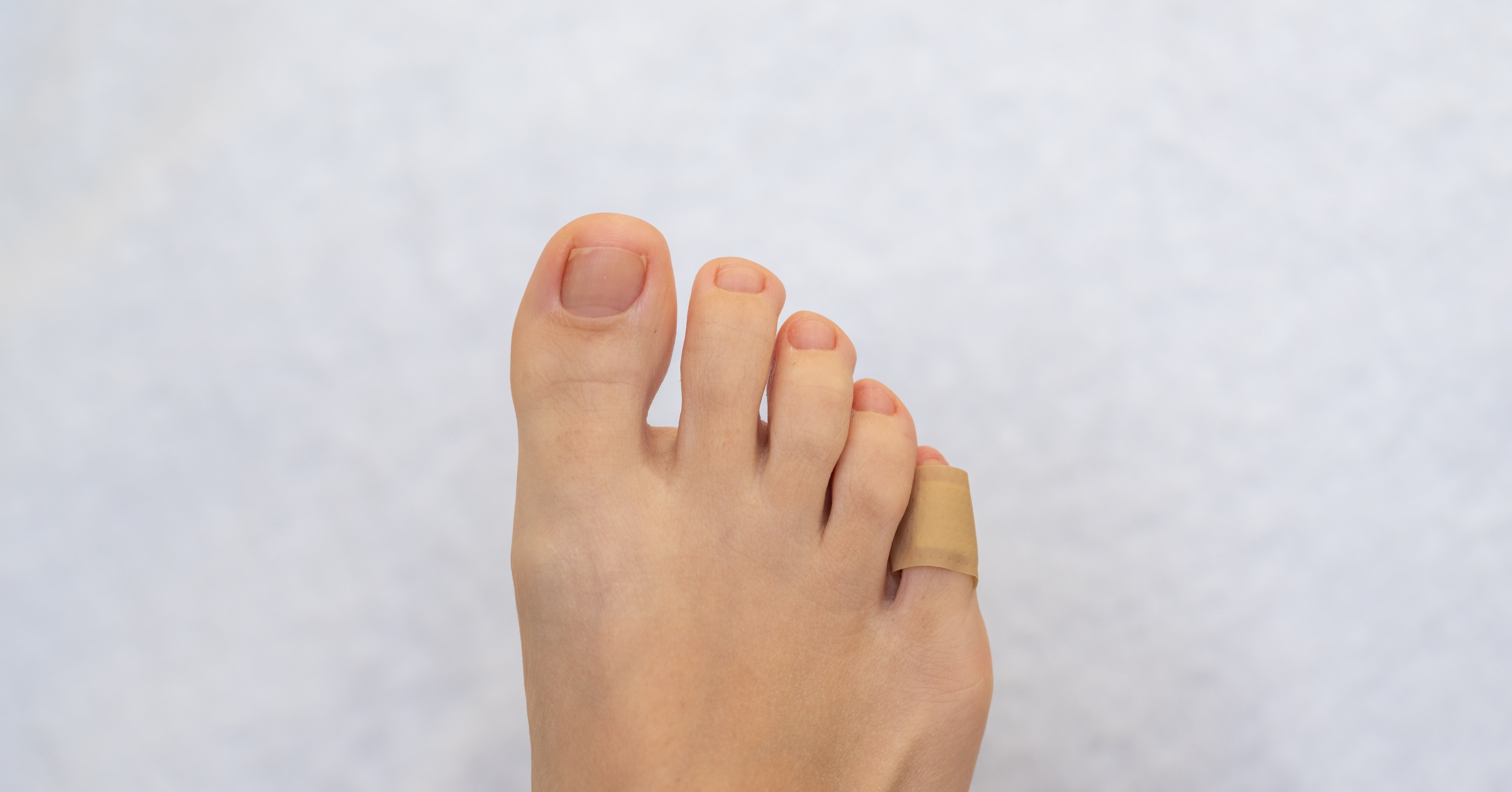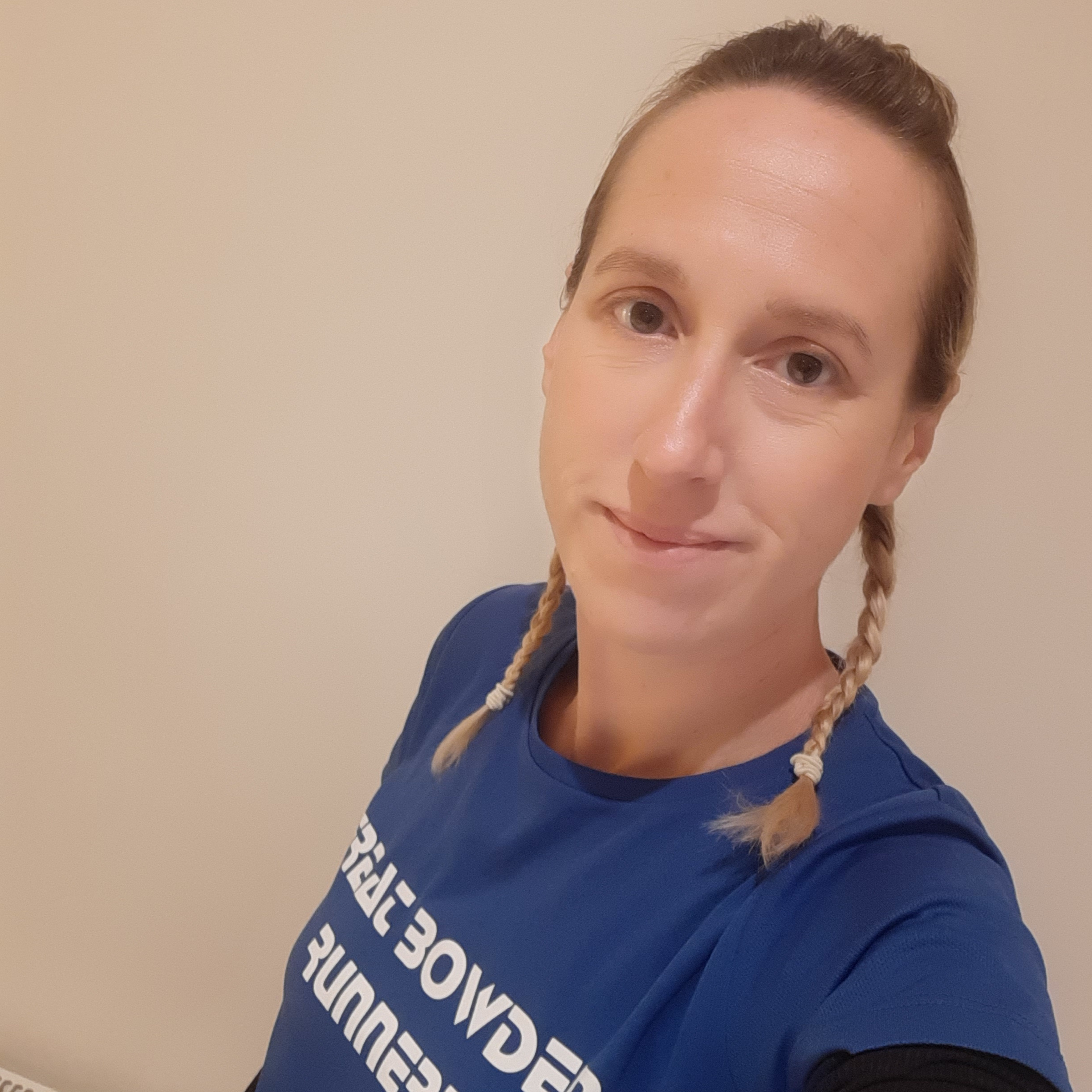Blisters From Running Are The Worst—Here’s How To Prevent And Treat Them
We asked podiatrists and an Army Reserve paramedic who covers endurance events to recommend tips and products to prevent you from developing blisters when running

Blisters are one of the most common injuries suffered by runners. They may seem a minor irritation, but they can cause disproportionate discomfort and have a negative impact on performance particularly over long distances. At their worst they can result in intense pain, skin infection and even sepsis.
The literature on preventing blisters is a little disheartening. A systematic review of the prevention of friction blisters published in Wilderness & Environmental Medicine found there was limited evidence that socks, antiperspirants or barriers prevented blisters. But there was some evidence that paper tape may be an effective form of barrier prevention.
Meanwhile a study of US military cadets found that a 20% alcohol solution rubbed on the feet reduced foot blisters during hiking, but it also caused skin irritation which somewhat negated the blister reduction.
So is there actually any way to prevent blisters? And what should you do if they do appear? We spoke to three experts to find a solution.
What causes running blisters?
Blisters are small liquid-filled sacs, which develop when the upper layer of skin rubs against a static surface, like the inside of a shoe, and tears away from the layers beneath.
“This is often as a result of trainers rubbing against sensitive parts of the feet, especially if worn over a long period of time,” says podiatrist Dina Gohil of DG Podiatrist.
Blisters often occur on the heels, the balls of the feet, between the toes or on the tips of the toes. They are more likely to happen in wet conditions, or if feet swell and begin rubbing against the insides of a shoe or on the seams. An ill-fitting shoe or one wearing out on the inside can also cause blisters. There are a myriad of things that can lead to blisters including thin or abrasive socks and a piece of dirt stuck inside a shoe.
How can blisters be prevented?
Unfortunately some people are more prone to blisters than others, but podiatrist Stephanie Owen of SO Podiatry says there are ways to mitigate the risks.
The first step is to find a running shoe that fits properly, preferably a full size bigger than your usual shoe size.
“Sports footwear is made smaller than normal shoes. You also need room for dynamic movement so you always want one full size up,” says Owen. And make sure your footwear fits properly and is securely laced so your foot is not moving inside.”
Get the Coach Newsletter
Sign up for workout ideas, training advice, reviews of the latest gear and more.
Reducing the amount your feet sweat will also help to keep blisters at bay. This can be achieved by putting talcum powder in socks or rubbing your feet with surgical spirit, particularly between the toes.
Experimenting with different types of running socks is also important. Some people find doubled-layered socks help to prevent blisters because they reduce friction on the foot, while others opt for quick-drying Merino wool socks if they are running through wet areas. Some ultra runners also swear by toe socks, saying they prevent rubbing between the toes.
Owen recommends blister prevention pads PelliTec, which she says are “totally different from anything out there. It is not putting something on your skin but putting it on the area of the footwear. It has different layers of gel and neoprene so the friction occurs in that rather than on your skin.”
The PelliTec pad works by moving with your foot rather than against it and also wicks away moisture.
Getting to know your blister hotspots in advance means you have a higher chance of preventing them from forming in the first place.
Army Reserve paramedic Andrew Pearson, who provides support at endurance military training events, says good-quality zinc oxide tape is a must.
“For prolonged use on multi-day events or if you are expecting wet feet, consider using Mueller pre-tape spray [as well to keep the tape in place]. It is basically glue and only a long hot bath will shift it. It’s also important to powder and air your feet at the end of a day,” says Pearson.
How should you treat blisters?
To pop or not to pop is the question once a blister has formed. In the vast majority of cases it is best to leave a blister alone as it will normally heal by itself within a week or sooner. The most important thing is to cover and protect it because it is a portal of entry for infection.
“Only drain blisters if you think they’re going to pop themselves while you run,” says Pearson. “If so, be as sterile as possible and create a single needle hole at the bottom of the blister so gravity drains any re-filling fluid. Then dress and pad it.”
“Some ultra events have medical teams wielding scalpels and iodine with great enthusiasm. Treat the use of these with caution as conservative management is generally best,” he adds. “Blisters are one thing but infected blisters are a whole new world of misery and virtually guarantee the end of the race for you.”
Covering a blister with a plaster or dressing can also help to protect the skin from further damage.
“A moist hydrocolloid dressing can help to cushion the blister to reduce pain and speed up healing, and you can get specially designed blister plasters at a pharmacy,” says Gohil.
And if you are unfortunate enough to get a blood blister—a blister filled with blood rather than clear fluid, an injury common among tennis players—make sure you seek medical assistance.
“The toe is moving in the shoe and the shoe is hitting the nail multiple times which can cause a lot of shear pressure and friction,” says Owen. “If you get a blood blister under a toenail the best advice is to go and see a podiatrist, and they can drain it in a sterile environment to reduce the pressure.
“I’ve seen some issues with people who have self-treated blood blisters. You’ve got to make sure that it’s done properly so that it drains effectively. Otherwise you can end up with a recurring problem and it becomes an entry for infection.”

Lily Canter has worked as a journalist for more than 20 years and currently specializes in running and fitness. She regularly contributes to Coach as well as Runner’s World, Well+Good, Fit&Well and Live Science. Lily is a UK Athletics running coach, the founder of the Great Bowden Runners club and a participant in multi-day ultra races. Her biggest racing achievement to date is placing second at the Ultra Challenge 100km in the Lake District. She has a BA in English Literature, an MA in Print Journalism and a PhD in Journalism Studies. She is also co-host of the award-winning podcast Freelancing For Journalists and teaches feature writing, podcasting and freelancing to university students.









